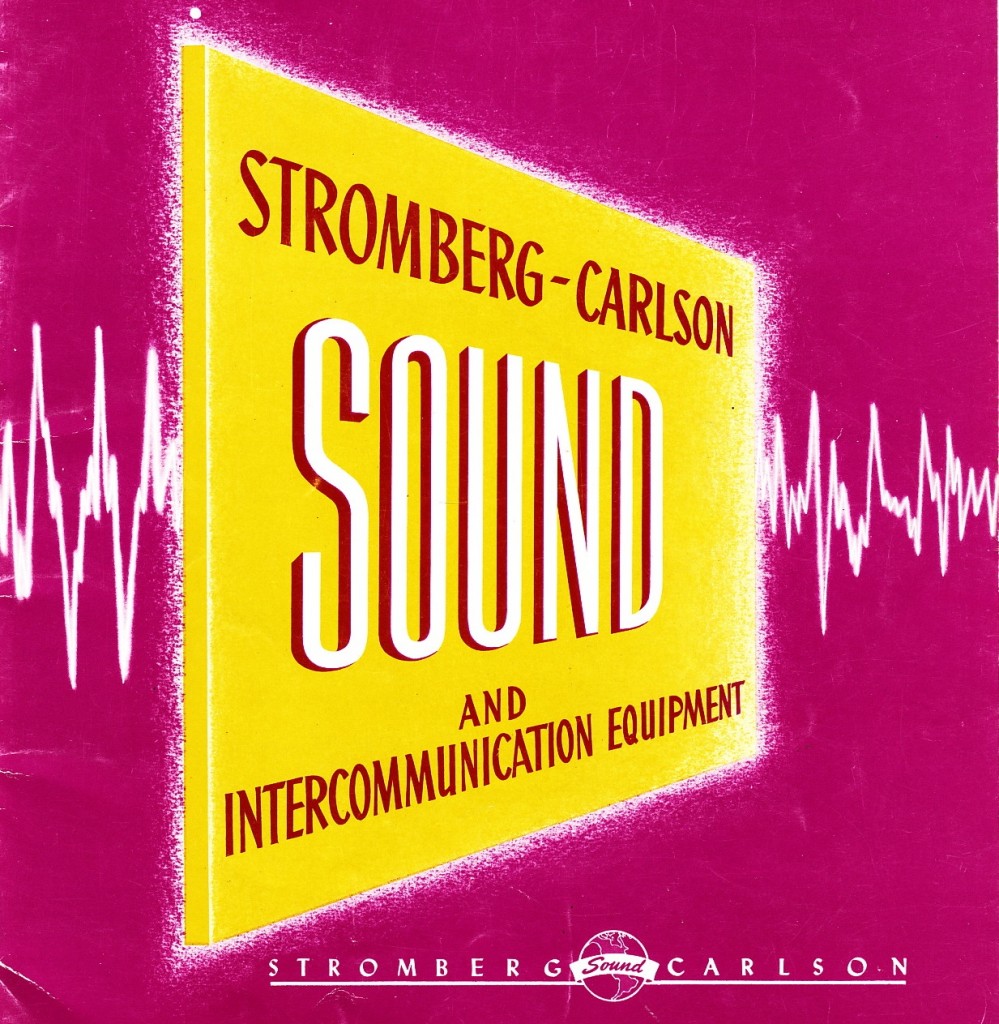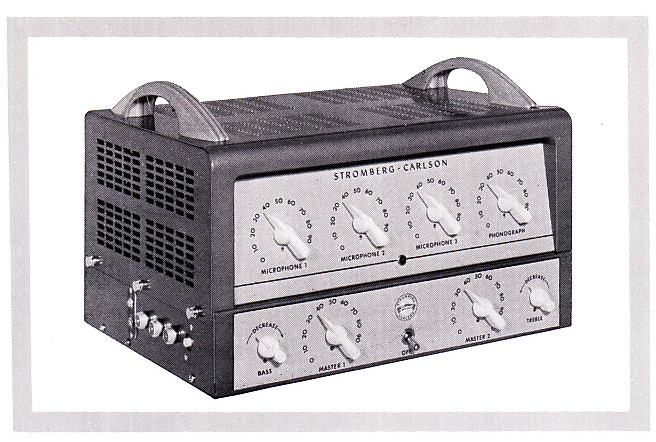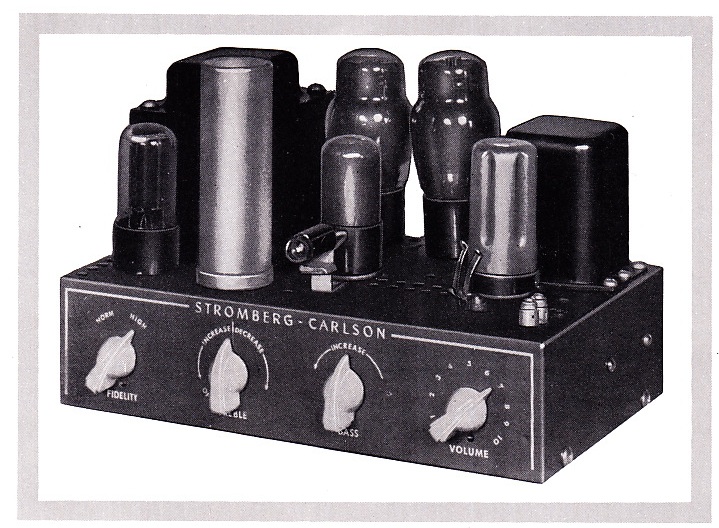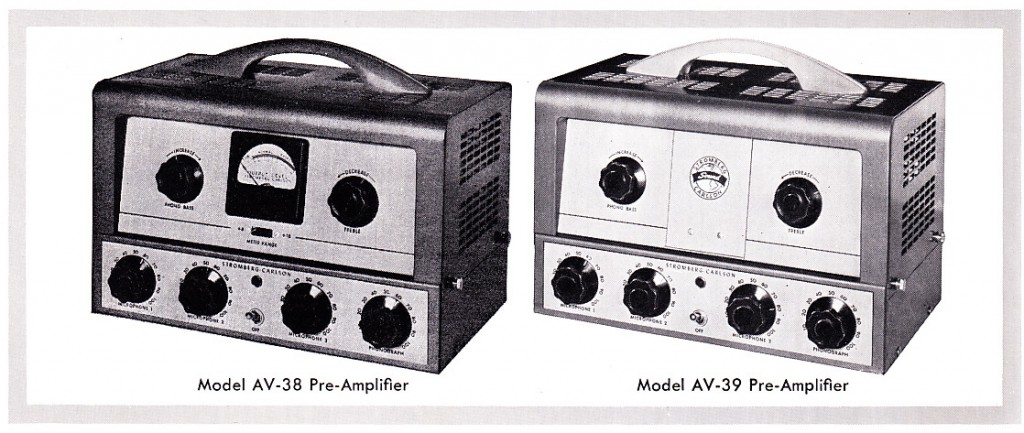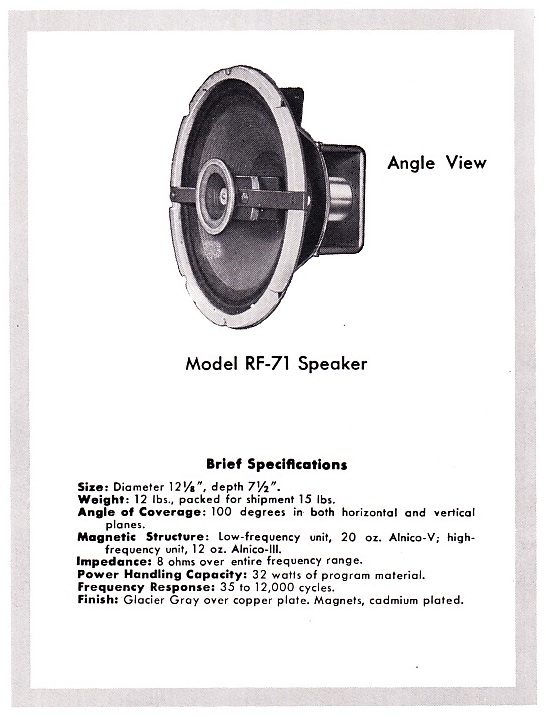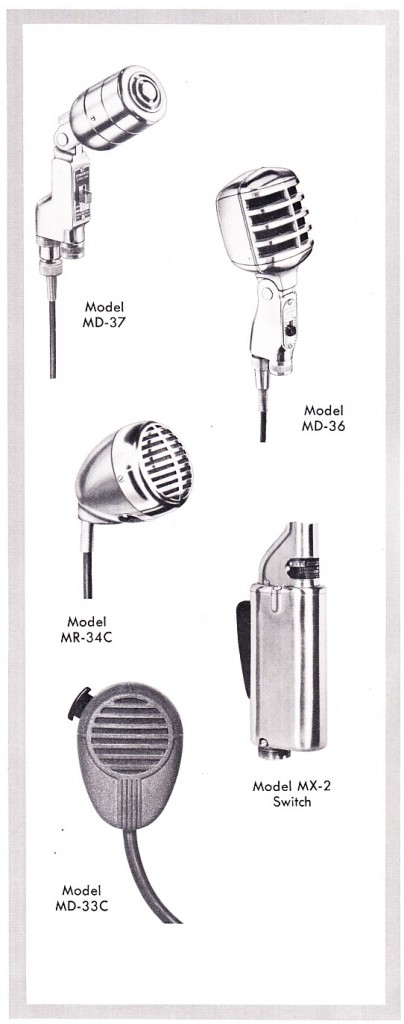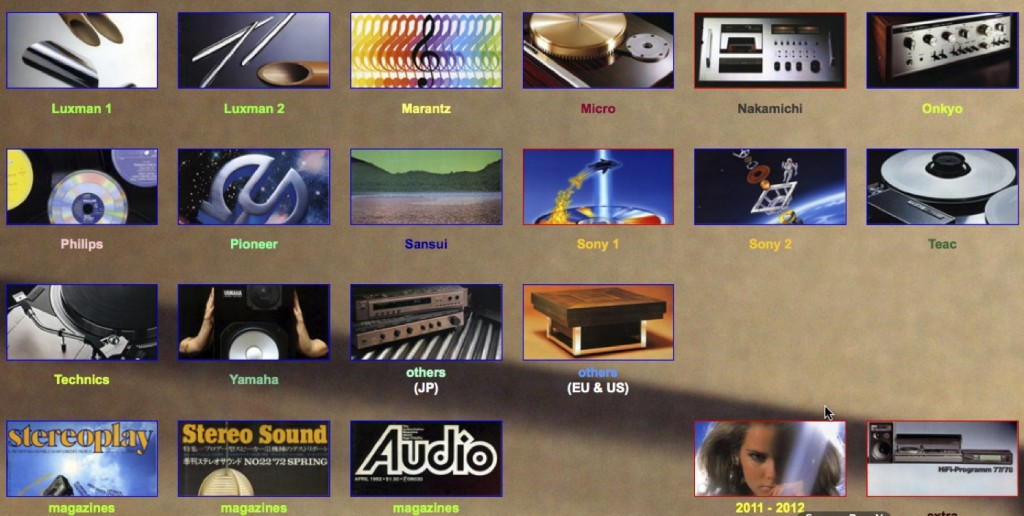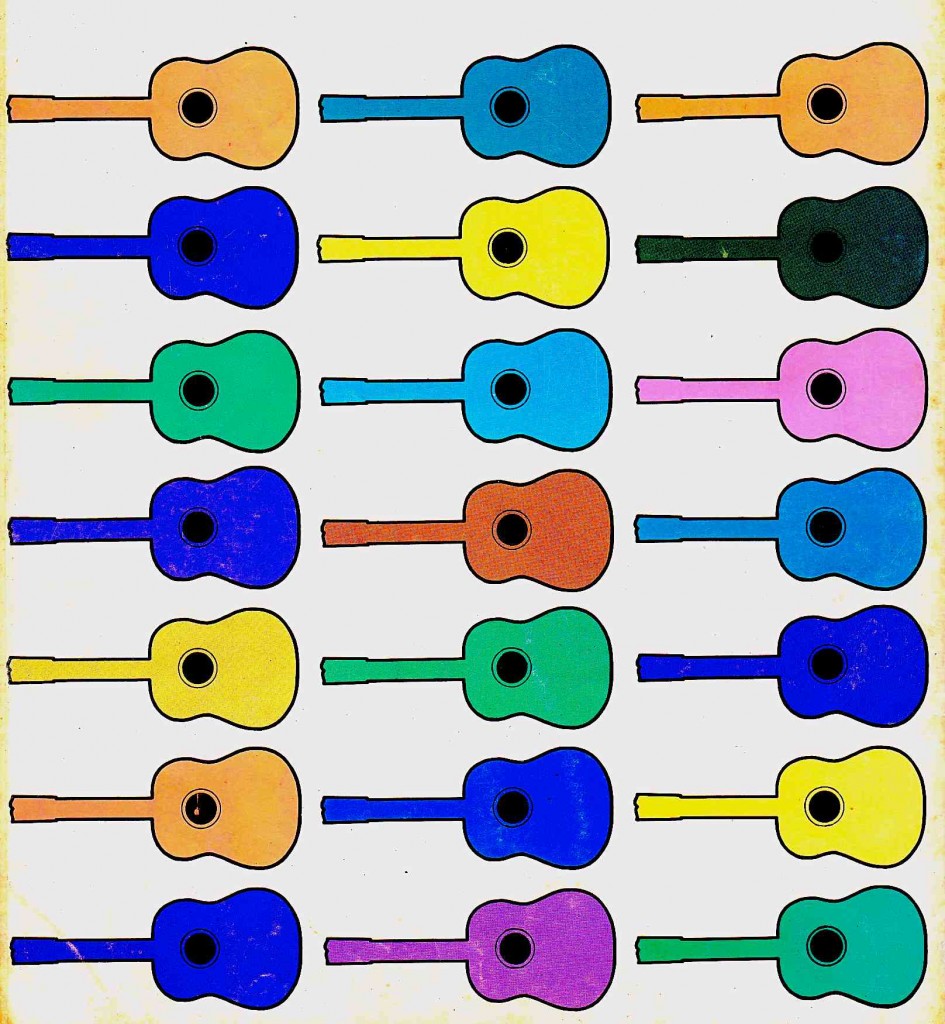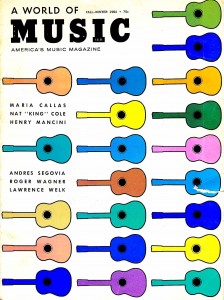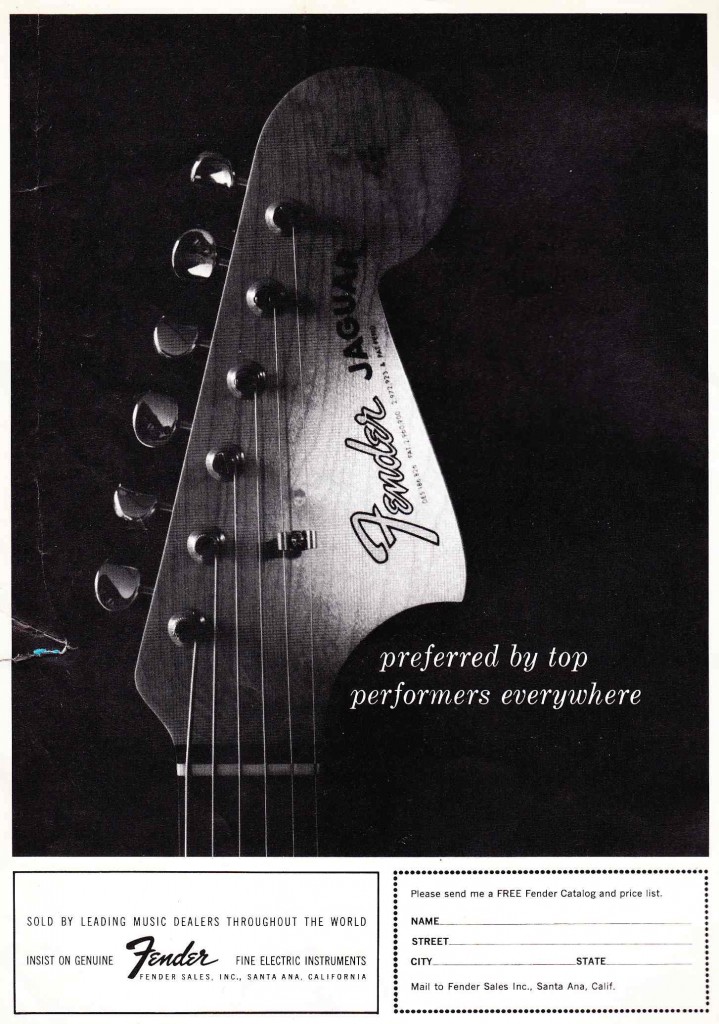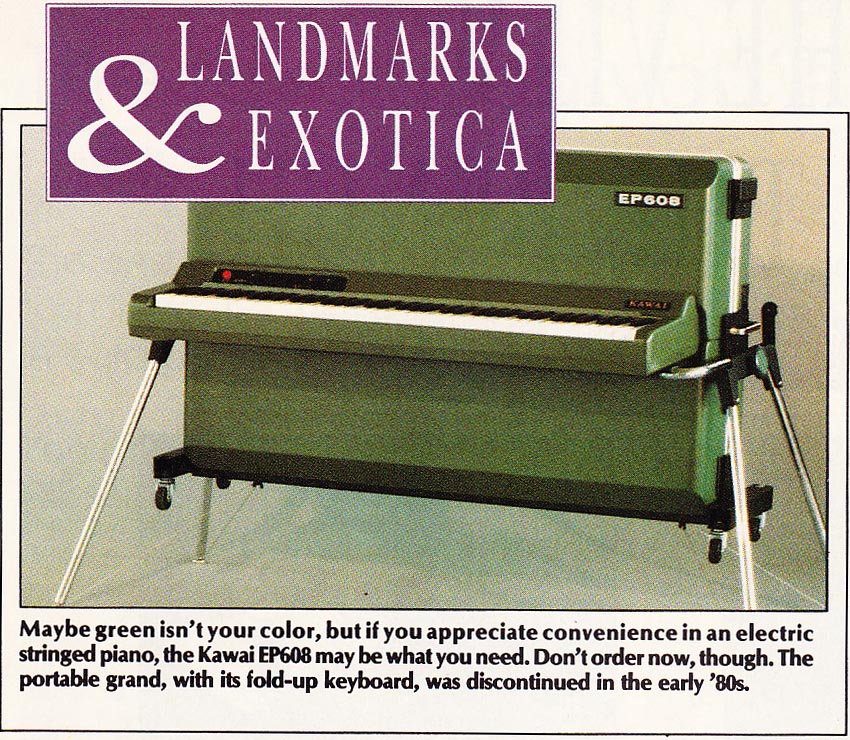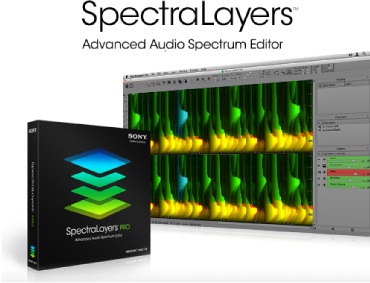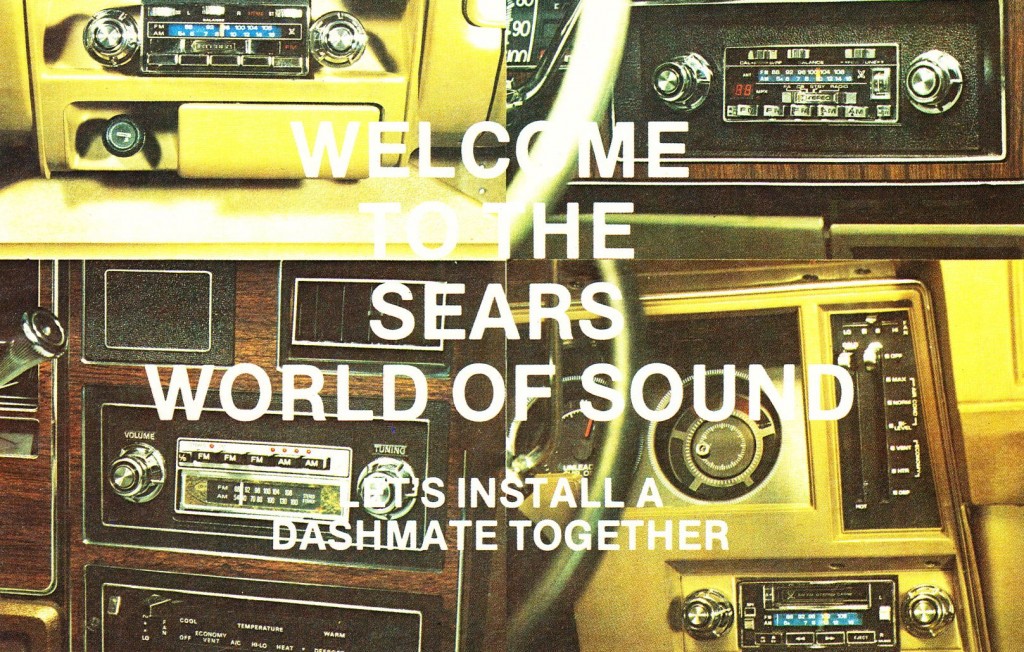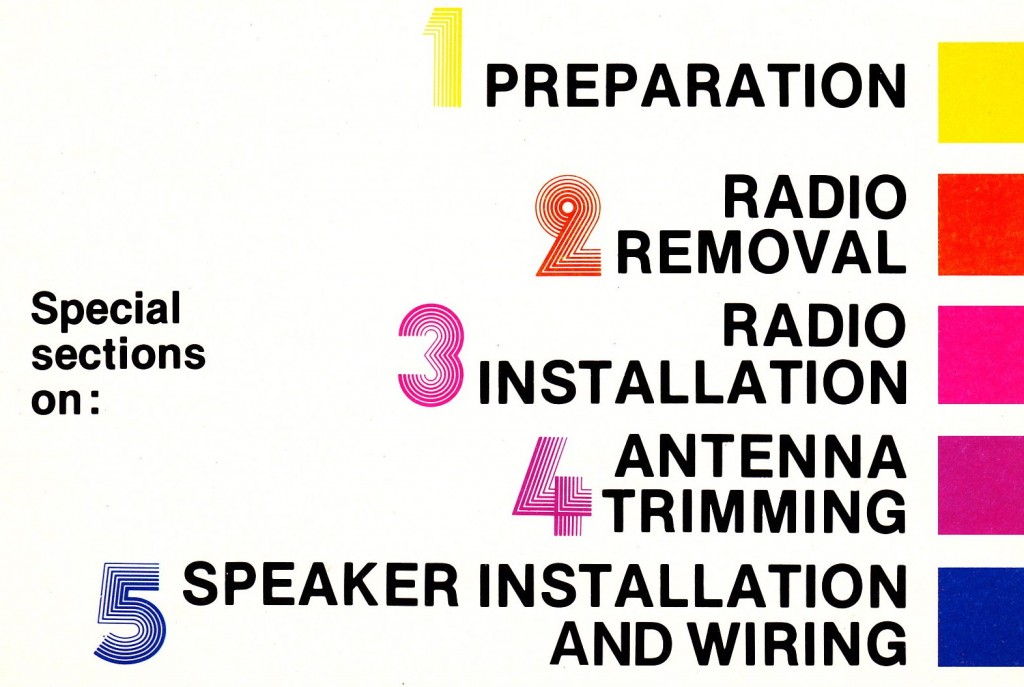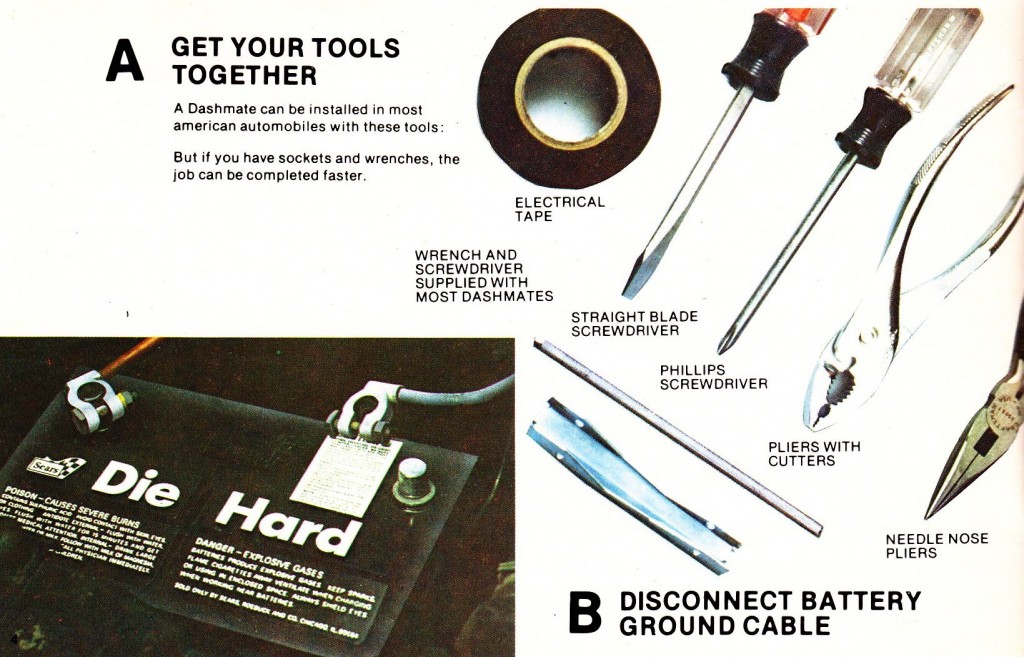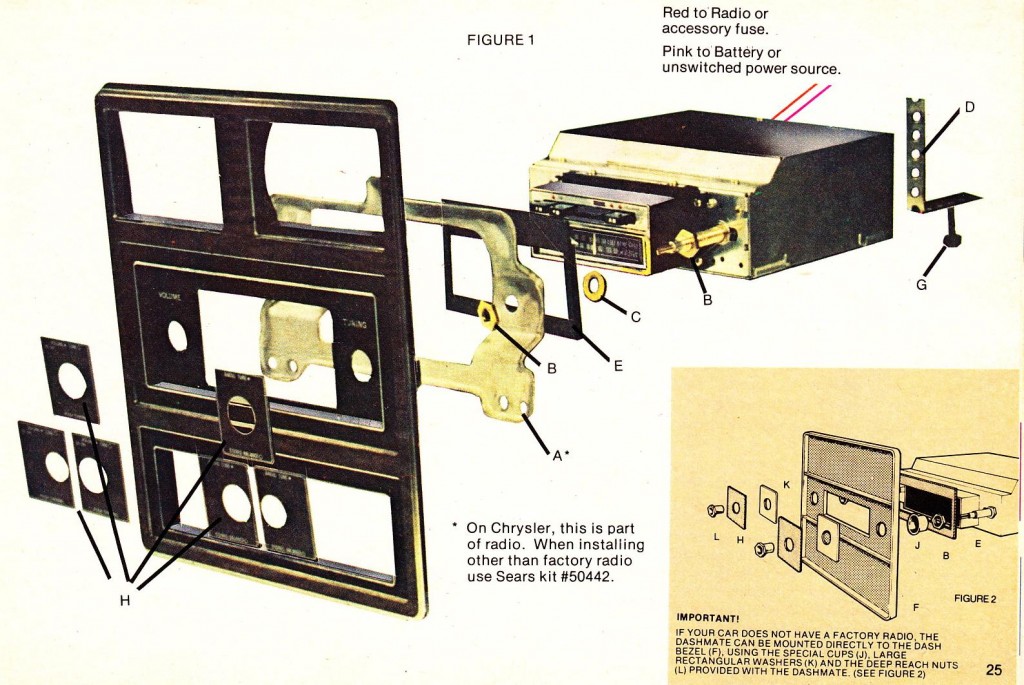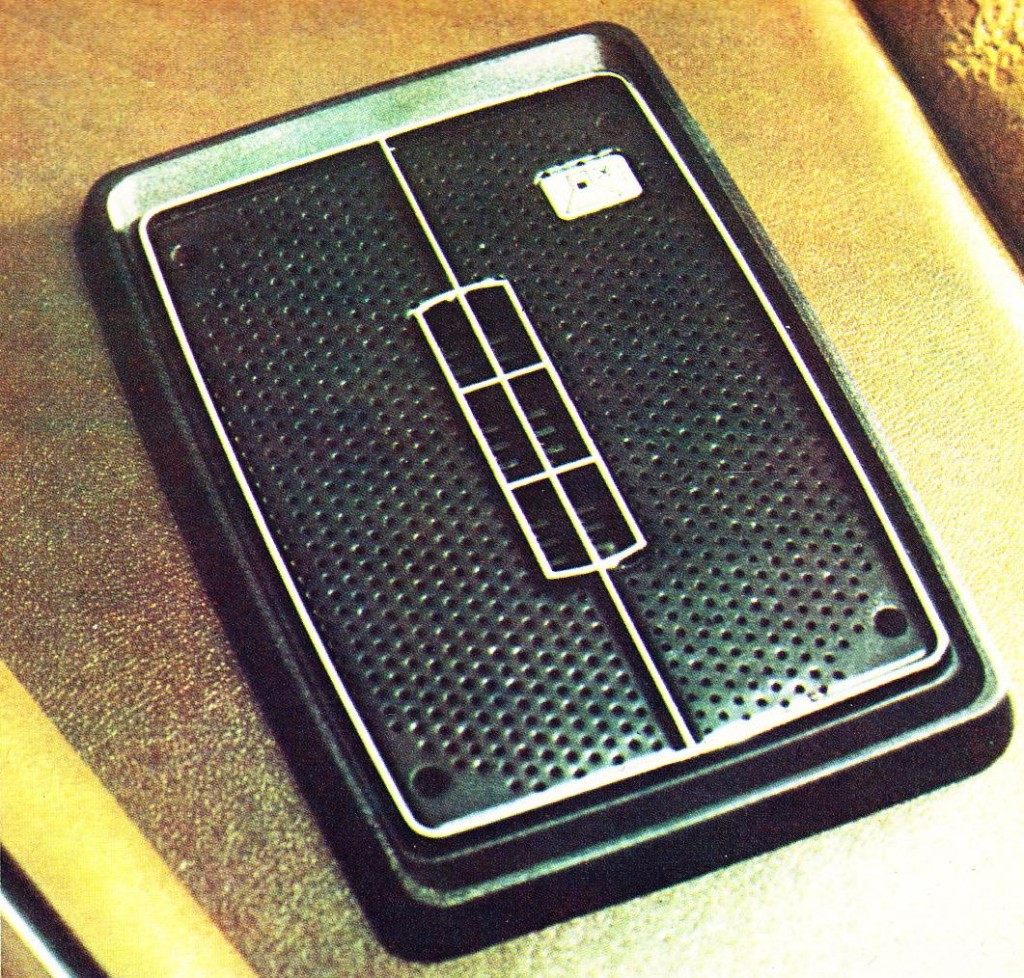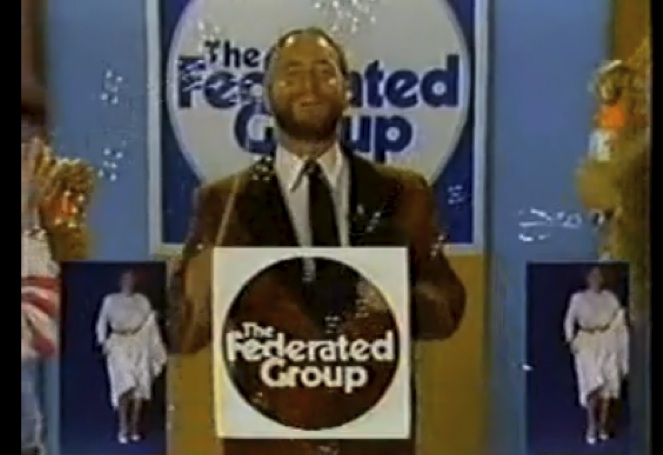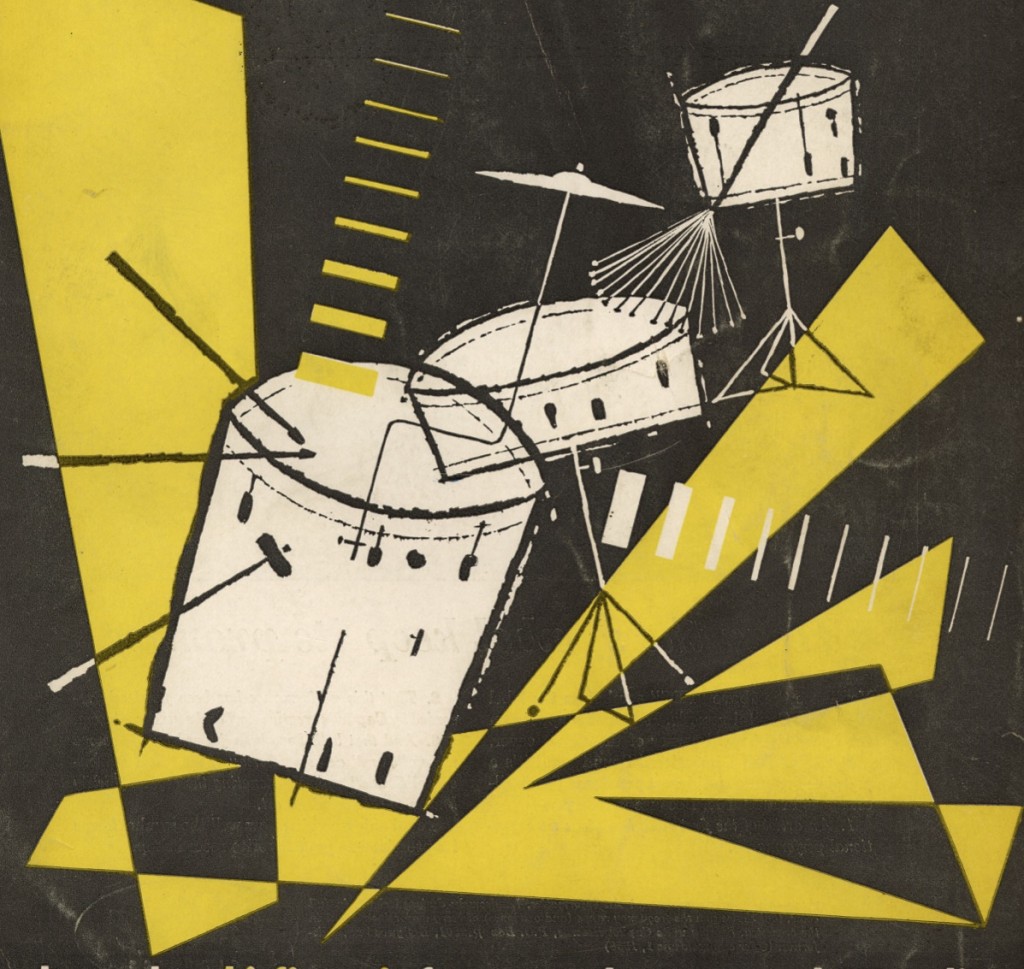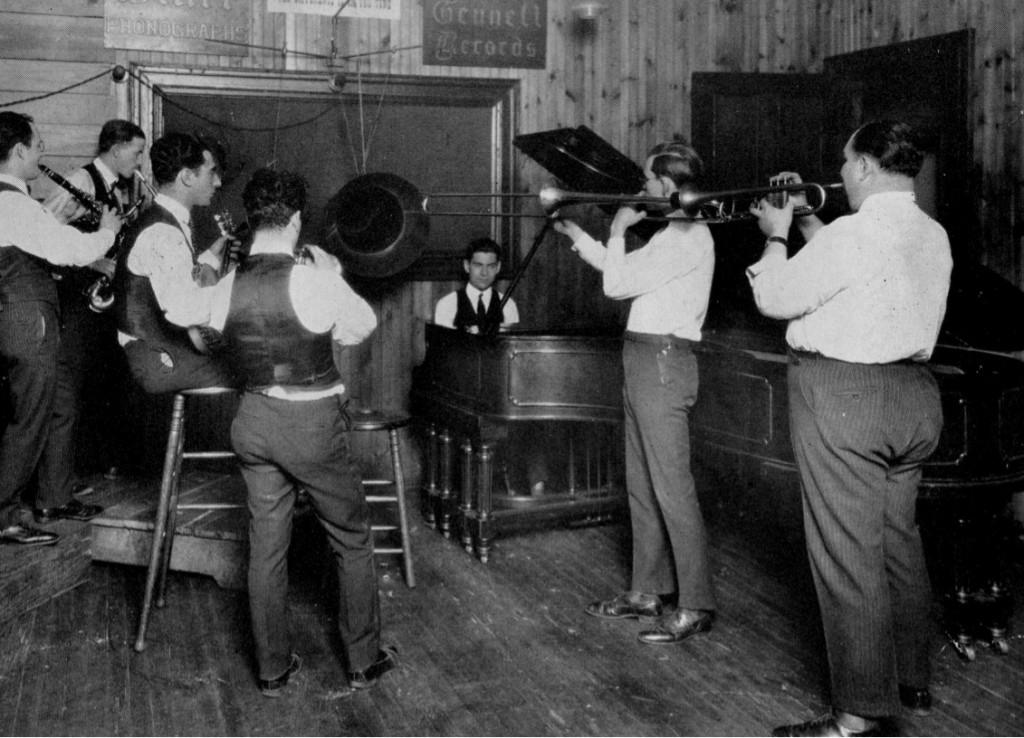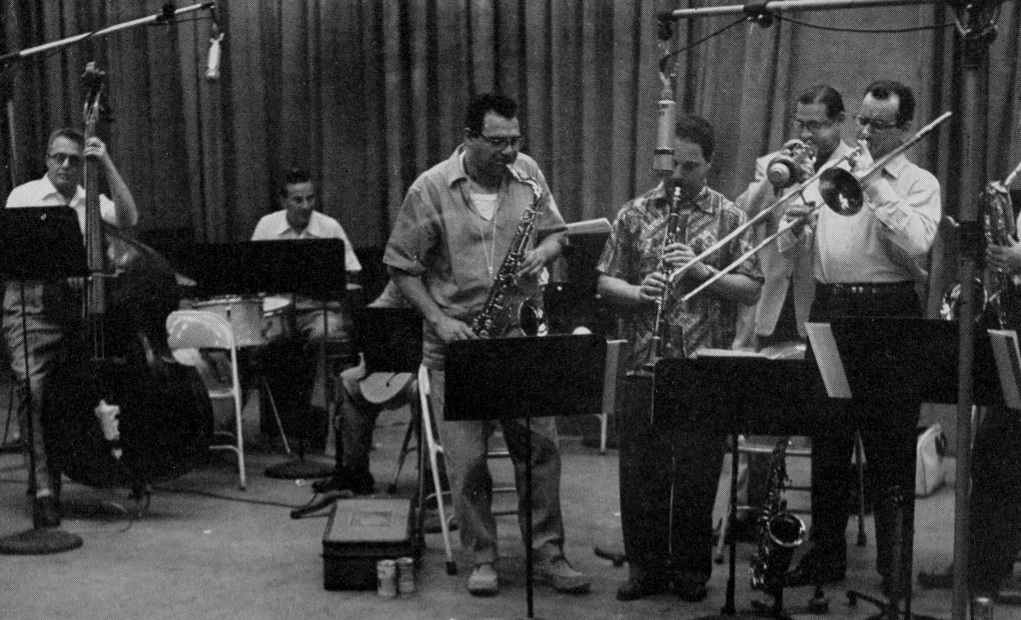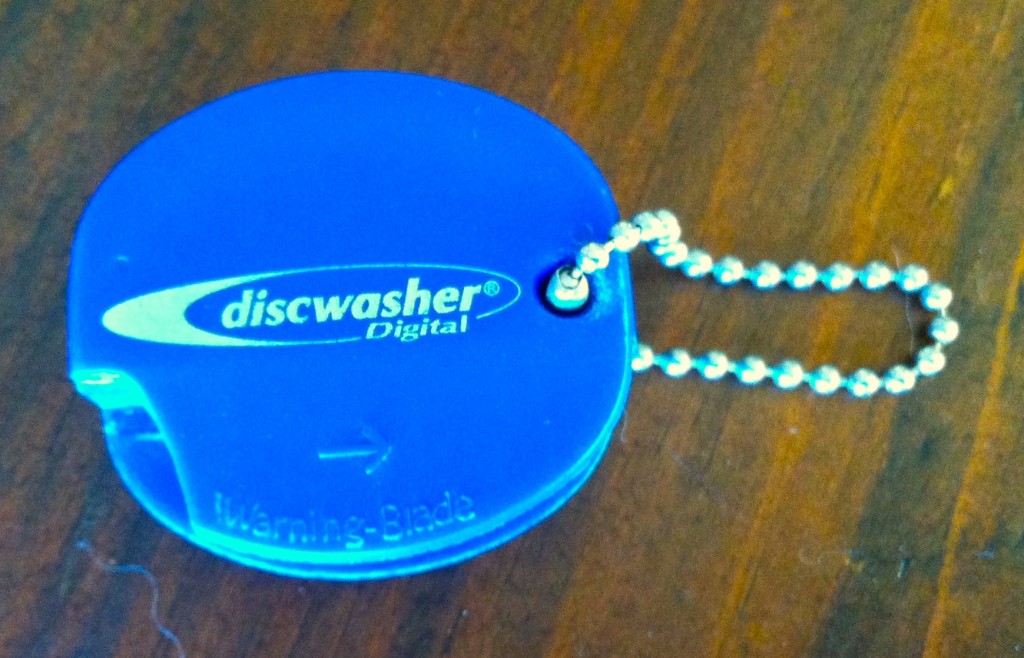 What is this plastic oval? What does it mean?
What is this plastic oval? What does it mean?
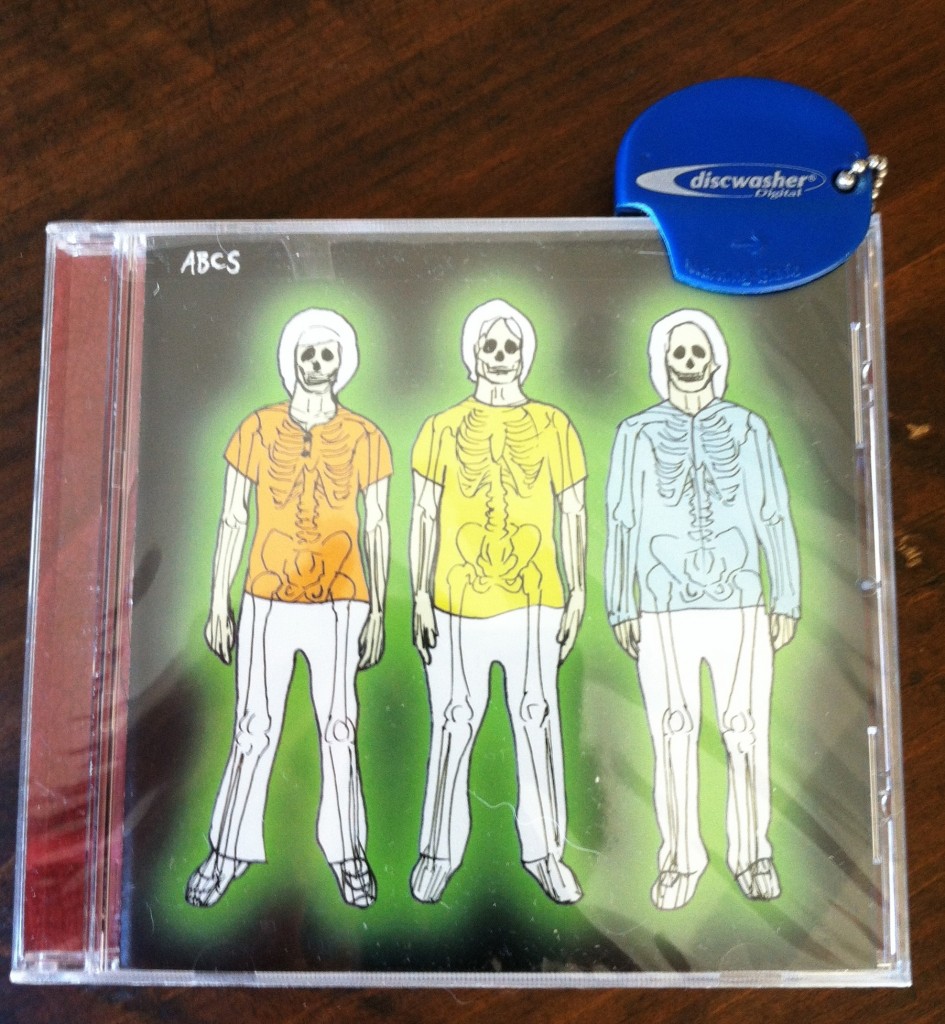 Apparently, we used to buy SO MANY compact-discs that a tool needed to be invented just to facilitate opening the goddamn things. Apparently, no existing household implement was sufficient to accomplish this task, considering the huge bulk volume of CDs that we purchased on a regular basis from Tower, Sam Goody, Trash American Style, etc.
Apparently, we used to buy SO MANY compact-discs that a tool needed to be invented just to facilitate opening the goddamn things. Apparently, no existing household implement was sufficient to accomplish this task, considering the huge bulk volume of CDs that we purchased on a regular basis from Tower, Sam Goody, Trash American Style, etc.
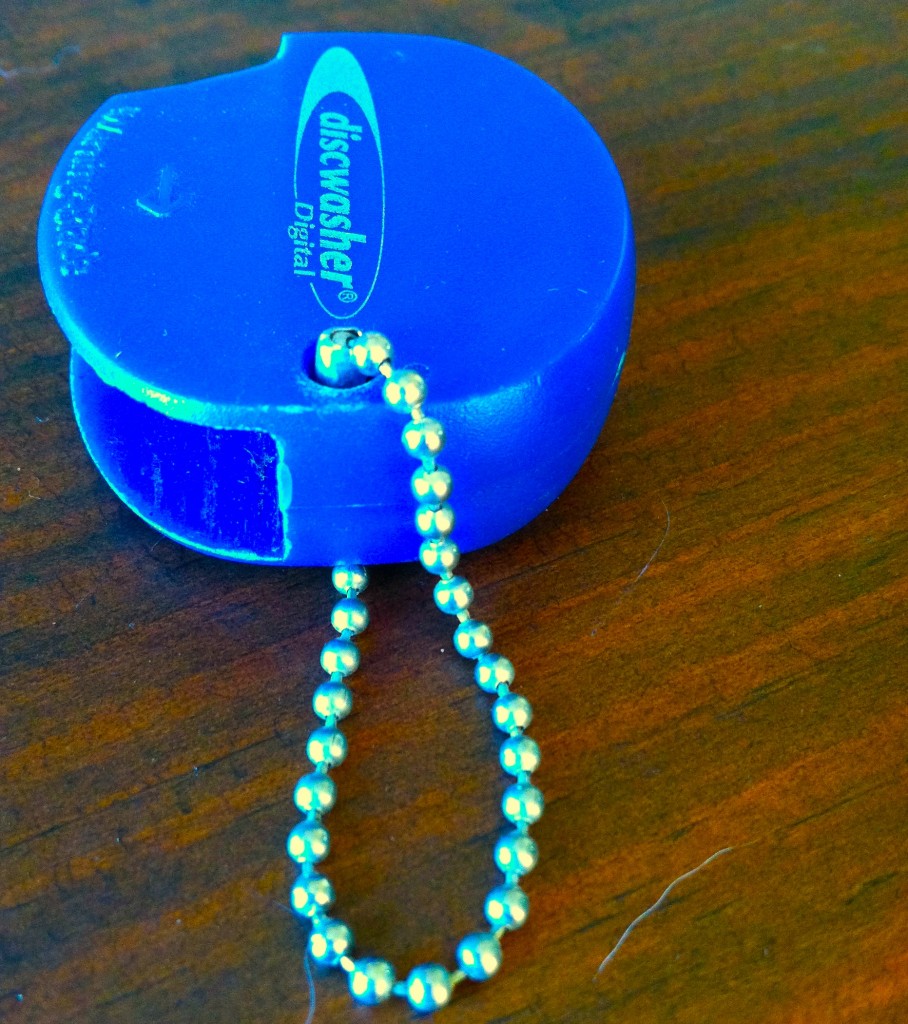 Furthermore, this tool (which could serve absolutely no other purpose than opening a CD) was so crucial to our lifestyle that it included A FKKNG CHAIN to attach it to our keychains. Cos what does one really need on his/her keychain anyway? Car key, house key, maybe one of those mini LED flash lights, oh and right a CD OPENER.
Furthermore, this tool (which could serve absolutely no other purpose than opening a CD) was so crucial to our lifestyle that it included A FKKNG CHAIN to attach it to our keychains. Cos what does one really need on his/her keychain anyway? Car key, house key, maybe one of those mini LED flash lights, oh and right a CD OPENER.
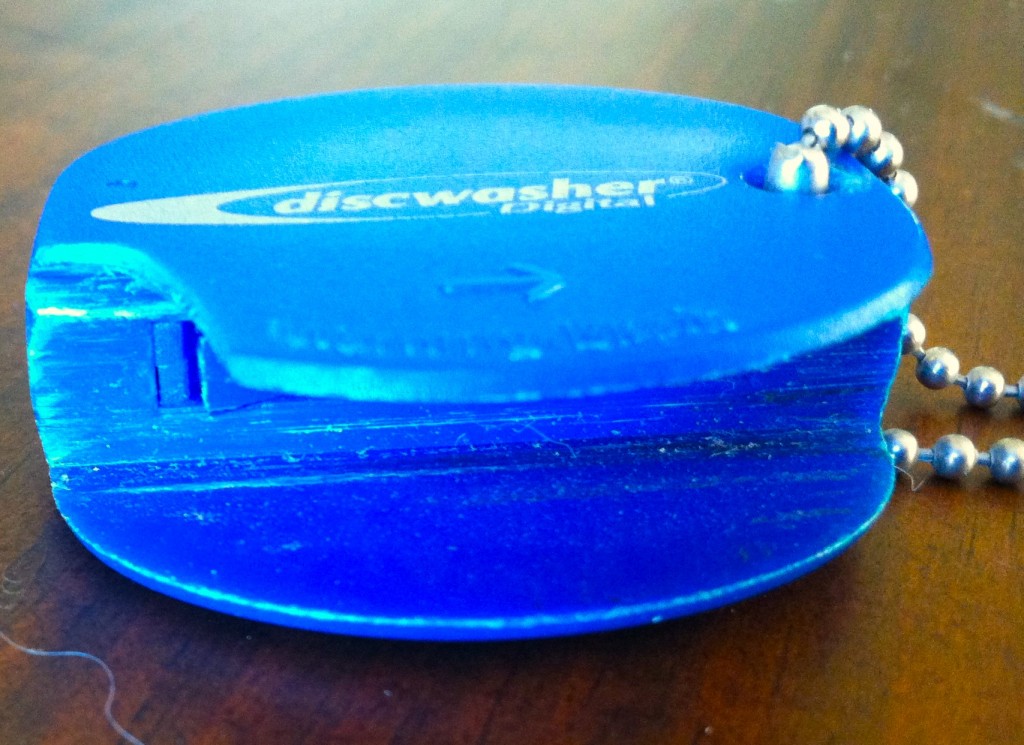 I apparently used mine so much that I actually damaged it, chipping of part of the channel-guide. I wonder: what was the particular album that inspired this frenzied use of the device? What CD needed to be opened with such speed, such force, that the injection-molded nylon was shattered ?
I apparently used mine so much that I actually damaged it, chipping of part of the channel-guide. I wonder: what was the particular album that inspired this frenzied use of the device? What CD needed to be opened with such speed, such force, that the injection-molded nylon was shattered ?
*Did a corresponing product exist in the LP or compact-cassette era? How about in the days of sheet music? Some type of special brown-paper-wrap-cutter?
*Is there a similar modern tool for unpacking ZIP’d folders of bootlegged MP3s?
*Anyone out there have a pile of CD Longboxes saved in their attic, just couldn’t throw the things out?
